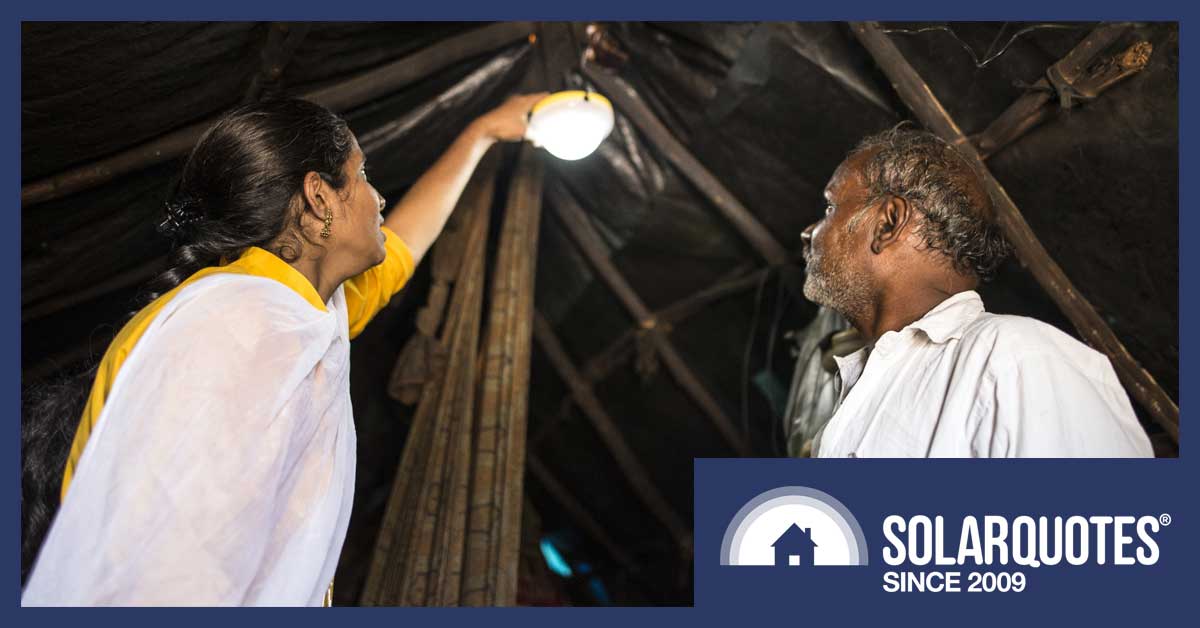
An entrepreneur demonstrating a new solar powered light in India. A little solar power can go a long way.
Starting today, SolarQuotes will be helping Indian and Nepalese families install off-grid solar systems. Specifically 3.3 watt, 17 watt-hour off-grid solar systems.
No, that is not a typo. That solar panel capacity is one two-thousandth the size of a typical 6.6 kW grid-connect system installed across Australia.
The systems will be installed in India and Nepal where they will power households living in extreme poverty. Here’s a typical installation resplendent with twigs and red string for racking.
You see, from today, for every genuine quote request submitted through SolarQuotes, we will give $1 to the Australian charity, Pollinate Group.
Pollinate Group will use those dollars to fund micro-entrepreneurs in India and Nepal, who will sell solar lighting systems to some of the poorest people on the planet.
These solar light systems consist of a 3.3 W solar panel and an integrated light/LFP battery/phone charger. – and cost about $50 AUD (sold via payment plans). Made by Green Light Planet, they will mostly replace dim, dirty, dangerous and expensive-to-run kerosene lights.
Incredible Solar Payback
Now you might think that solar power in Australia – with its 3 to 5 year payback – is a great investment. But if you live in a slum in India, your $50 solar light will pay for itself in 25 weeks, saving $2 per week in kerosene. And the system should last at least 5 years.
Not only that – but the LED light is 15 times brighter than kerosene lighting and, obviously, emits zero toxic fumes.
Here’s what the lights look like in detail:
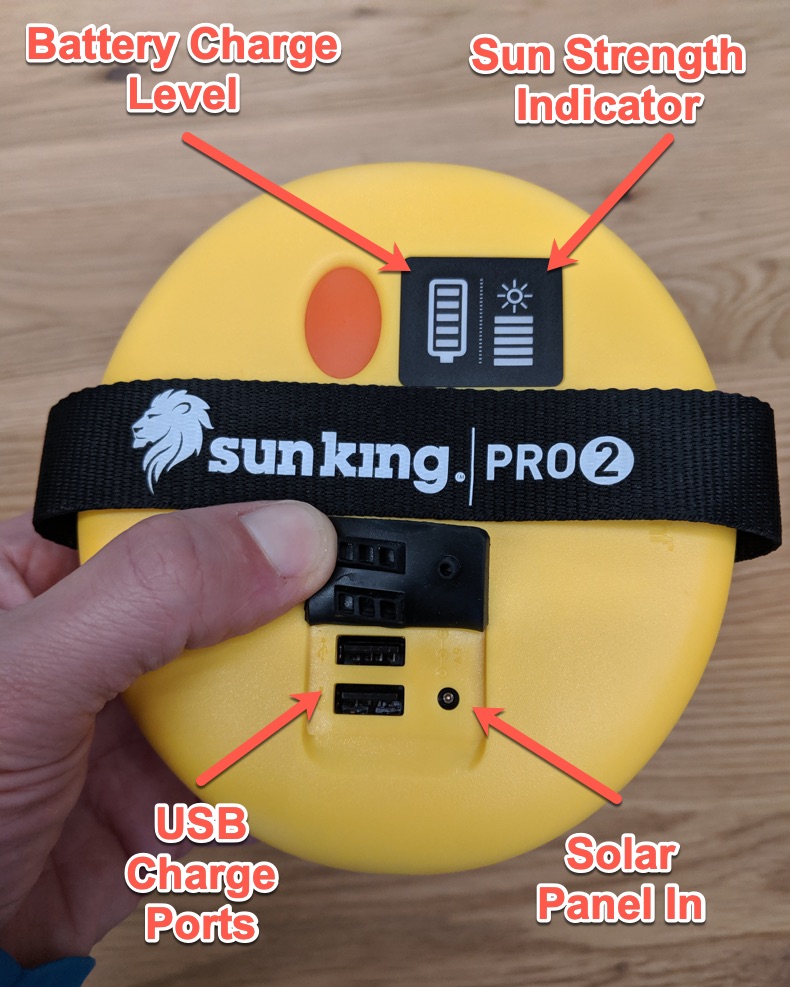
Thumb not included.
System Specs
Solar Panel: 3.3 W, 5.8 V, polycrystalline
Battery: 3000 mAh, 3.3 V, 17.4 Wh, Lithium Ferro-Phosphate (LFP)
LED: 165 Lumens total flux. 150 Lumens per watt.
Why are we doing this?
After 10 years in business, SolarQuotes is profitable and surprisingly stable . This is despite the solar industry bouncing up and down like a runaway roller-coaster as the state and federal governments deliver energy policy by press release.
I wanted to start diverting some profits where they could be spent to create maximum benefit through the magic that is photovoltaic effect. After looking around I couldn’t find a better application than replacing kerosene lamps in the poorest parts of the world.
When a kerosene lamp is replaced with a solar light:
- Very poor people save their very precious money.
- People stop being poisoned by kerosene fumes in their own homes.
- People get to read/study more 1
- CO2 emissions are directly reduced.
- Micro-entrepreneurs are created.
- Phones can be charged without travelling or paying a third party.
- I get to to say ‘nah nah na nah nah these batteries pay for themselves!’ to Ronald.
I think that’s pretty awesome and Pollinate are doing an amazing job making it happen. In just six years Pollinate Group have saved more than 65,000 tonnes of CO2 and families have saved more than $20 million in kerosene costs.
The Impact
We expect SolarQuotes’ contribution will mean an extra 100 solar lights distributed every month, impacting 500 people. That’s 6000 people impacted every year.
Apart from this blog post, we are not going to shout about this from the rooftops going forward. We’ll just get on with it. We are not going to use it as a lever to persuade people to get quotes (we only want genuine solar buyers asking for quotes – we respect our solar installers’ time).
If you admire the work that Pollinate Group are doing – please consider donating here. Or if you are a solar company owner and would like to help Pollinate in a similar way – send them a message. The more the merrier!
Footnotes
- I am a voracious reader with tremendous belief in the power of reading books. They certainly lifted me out of a pretty penurious existence. ↩

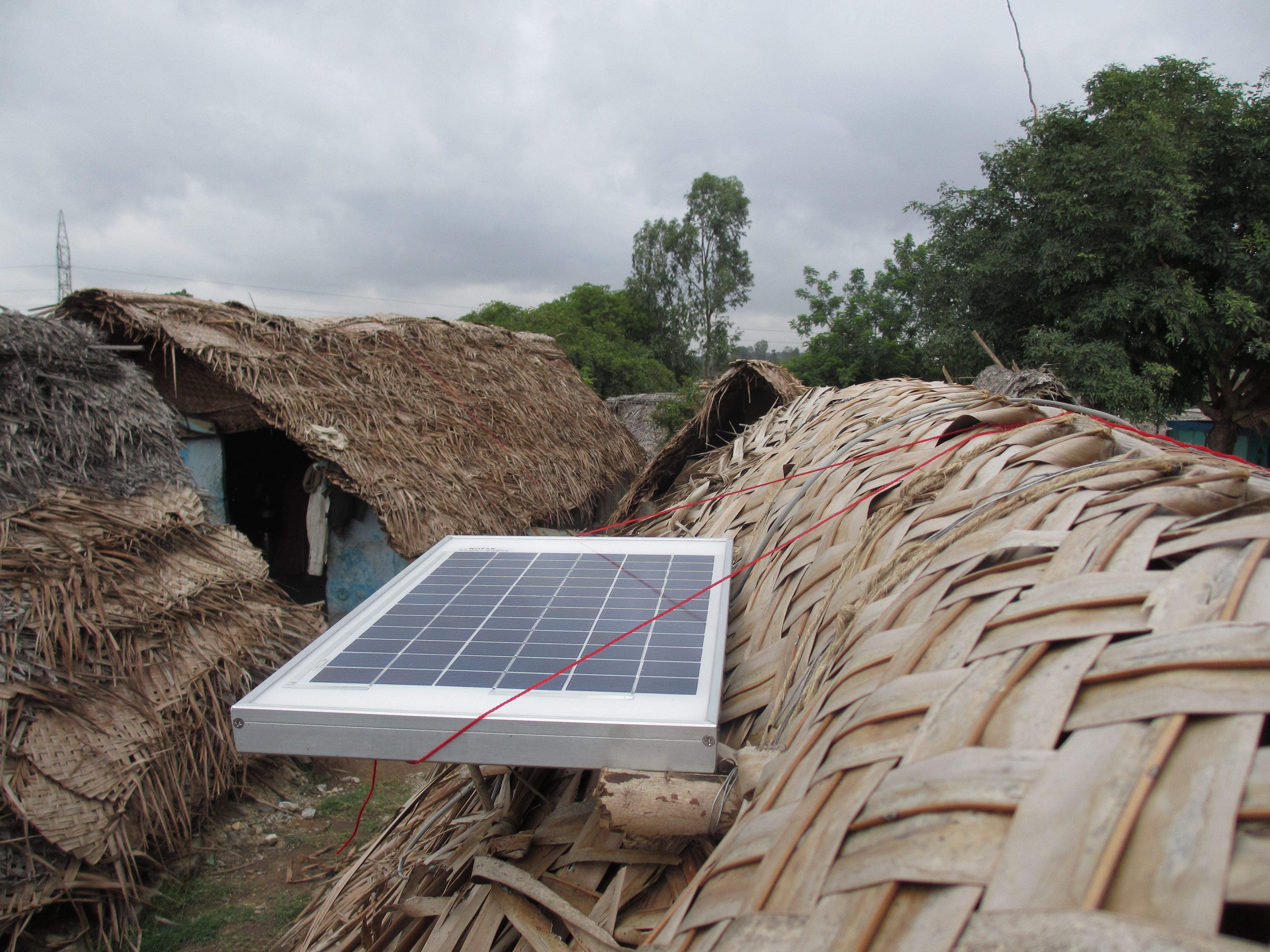
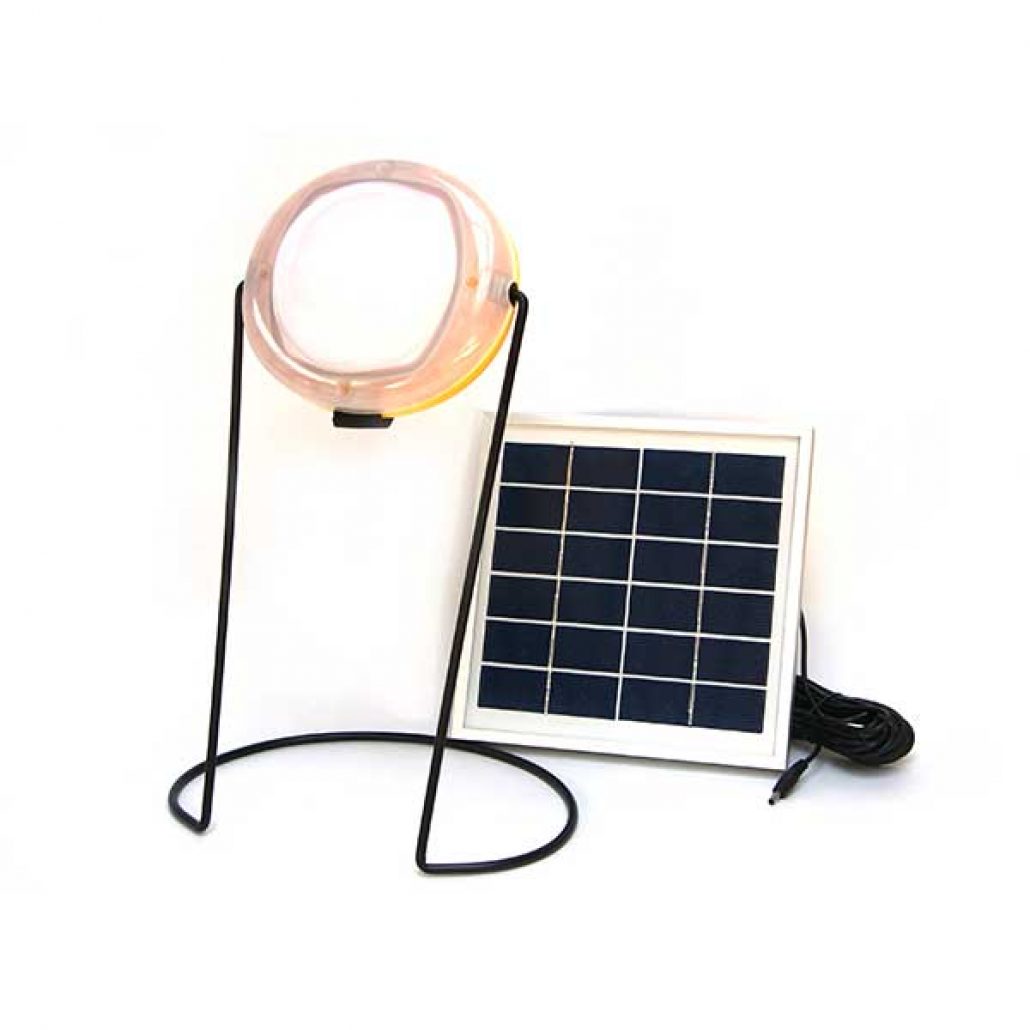
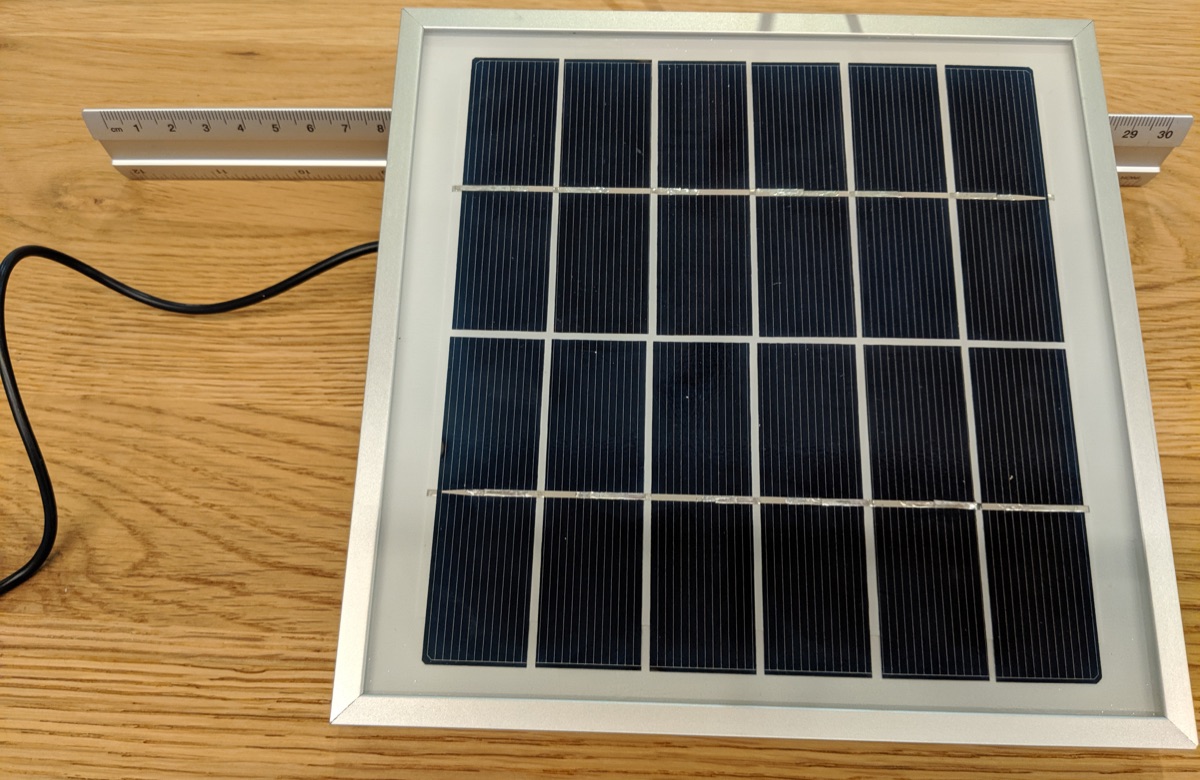
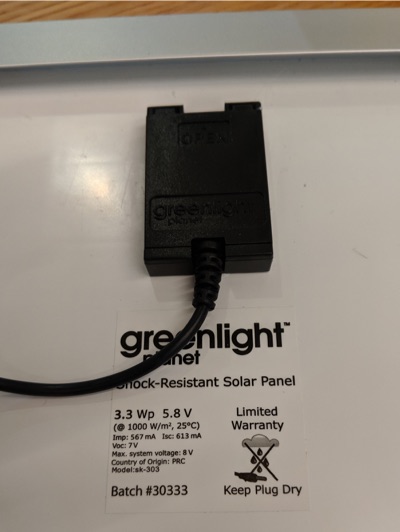
 RSS - Posts
RSS - Posts



Great Innovation,way to go.
Excellent contribution to people in need, well done.
Fabulous effort. Well done guys.
Good work SQ. My own power bill is down to about $42 credit (give or take) thanks to rooftop PV and batteries. As a pensioner I also received a “gift” of $75 from the Fed Govt to compensate for increasing power prices which they have done bugger all do address in real terms. Pretty insulting I thought, trying to buy my gratitude. So I’ve just sent $20 of this bribe to Pollinate. Well Pollinate.
Thank you,Finn. Big charities seem to lose themselves somehow. But this could be many tiny acts that would add up to a great deal.
That help certainly falls on a dry spot, Finn. I will never forget seeing an array of perhaps 200 tiny armpit-high dusty palmthatch huts, each around 2.5 x 4m, with 1.2m wide footpaths between, on a block of land in Bangalore. A girl, about 9 or 10, stepped out of one. She wore a crisp smart school uniform, gleamingly pristine white socks and mirror-polished black shoes, and carried a little schoolbag. What effort and sacrifice it must cost her parents to give her that lift up the opportunity ladder, I’ll doubtless never fully appreciate. But we can imagine. Maybe she’ll be able to afford a home she can stand up in.
The woman I saw on an earlier visit, from the window of a 747 as it turned for take-off at the end of the runway at Mumbai, standing knee-deep in a waterhole, washing clothes beside an armpit-high igloo made of discarded wrapping plastic, would marvel at the luxury of bright stink-free light.
Could you help me to my wife and I her family in png 200 kilometers east of port moresby in a remote village called LESE OALAI with a solar lighting project we on our own as pensioners find it hard to serve the need of most of the houses there. Feel free to contact me.
Kind regards Thys Schuurman.
Yeah I pushed this issue a long time ago….. That some times with HUGE needs and limited resources, a small change makes huge differences, and a small panel, can provide genuinely good lighting and a bare bones power supply. That means they get light, phone power, and stop the need to resupply with kerosene – an ongoing eternal expense, which frees up a LOT of capital over the long term .
I would have hoped for a 20W panel, but it’s a start and for some people, it’s a huge step up.
Eventually I planned, that the upgrading of the power supply with bigger panels, and low power grid (thin wires and low current), means low power industry… and as the profits rise, they can reinvest back into the infrastructure. More and bigger panels, more poles, more wires, more industry etc.
Awesome!
Great Initiative and well done for making a massive change in peoples’ lives.
I am involved in similar projects in East Timor and nearby countries as well as some indigenous programs in Australia through Renew (formally Alternative Technology Association). This has been some of the most rewarding work I have undertaken.
Volunteers working in these areas rely on donors like Solar Quotes to provide the funds to continue making a difference.
Keep up the good work
well done and informative of others needs
Bravo, SQ.
Good one, Solar Quotes. If all the developing countries could go straight to new, clean tech and bypass the worst of the old tech, that would solve a lot of problems.
It’s good to see we are helping communities in developing countries skip the fossil fuel phase. A lot of practices in those communities are already quite eco friendly, such as building.
Finn, talking about building, how is your straw bale house? We are considering building a straw bale house too. Just wondering if you could provide some insights of what it’s like living in a real one?
Thanks a lot of n advance.
Han
I’m afraid Finn’s away at the moment, but as far as I know he has never had a problem with his straw house. There’s no way you’d know it’s straw and has excellent insulation. Here are some details on his home he wrote years ago:
Made of Straw! Solar PV (microinverters) Solar Hot Water Solar Passive Design Edible Garden Chemical Free Cleaning Recycled Materials Rainwater Harvesting Cross Ventilation Energy saving appliances Home Office Garage Designed for bikes not cars. Hammock Urban 2 storey straw bale house with four bedrooms. Designed for a family of 2 adults and 3 kids, 1 car, 8 bikes, and HQ to the family business. Server room is under the stairs and 1 Gigabit Ethernet to every room except the master bedroom, so it is NBN ready if that ever happens!
Features passive solar design, no forced cooling, only a small wood burner for heating. High level louvres for cross ventilation. Double glazing and low e glass. Water harvesting, 6kW microinverter system, flat plate solar hot water system, 100% LED lighting.
Recycled materials include jarrah floorboards from the demolished house in cabinetry, recycled bricks and timber posts.
Over 6 months of spring/summer the house drew an average of 2.2kWh from the grid and exported about 0.5MWh per month to the grid.
Garden had vegie and herb beds, mostly native plants, hammock and 50 year old vines out the back have been kept with a new pergola to provide shade in summer and let the sun through in winter.
Designed by Bohdan Dorniak and the owners ( http://www.bdcoarchitects.com.au ) and hand-built with love in 10 months by Tom Mikulic Constructions.
Thanks a lot for your reply, Ronald. That sounds reassuring. The main concern that delays my final decision on straw bale was insect infestations and mice, also where to locate the bathrooms. We can build a separate brick section for bathroom downstairs, but it’s challenging to locate the upstairs bathroom, especially when we have a narrow block of land.
It’s great to hear Finn’s passive house is performing well. I am going to do a bit more research and hopefully to own a straw house soon too?.
It’s good to see we are helping communities in developing countries skip the fossil fuel phase. A lot of practices in those communities are already quite eco friendly, such as building.
Finn, talking about building, how is your straw bale house? We are considering building a straw bale house too. Just wondering if you could provide some insights of what it’s like living in a real one?
Thanks a lot of n advance.
Han
No insect or mice problems at Finn’s place. And rabbits don’t nibble on the building. Also, interestingly, the compressed straw is no more of a fire hazard than normal building material.
Reading under the heading “Fire” at https://ausbale.org/resources/strawbale-essentials strawbale seems to be good to at least BAL29, with higher certifications in the pipeline. Capping the top of the wall with render is not always done – but it does maximise resistance to ember attack.
As for critters, the compressed bales are further compressed vertically when the fencewire or plastic straps are cranked tight in several steps to stabilise the bale wall. And it’s usually made of wheat or rice straw, devoid of any edible seeds – not grass hay. The 25 to 50 mm of either clay/sand or sand/lime render on the inside and outside keeps flame/oxygen out, as well as rodents. I recall reading that there can be over 30 tonnes of it on a strawbale house. The render must be permeable, to allow exit of water vapour from the wall. The bales provide an impressive R4.7 thermal insulation if laid flat – a bit less on edge, for less space hogging. Just design all gaps between windows and doors, and wall lengths in 90 cm units, if possible. Take extra care with flashing at windows – water ingress leads to rot in no time, if it is allowed to occur. Don’t run uninsulated pipes in the walls – condensation will lead to rot. Use only dry mould free bales of good density – picked up by one string, they hold together. Don’t trim bale faces – straws should penetrate the first render layer. (I ended up not doing strawbale – 30 years too old to put all that render on, but as you might detect, would have liked to.)
The CSIRO bookshop has a good strawbale book. All mine are in a container out on the farm, so can’t look up the titles, unfortunately.
ANd this might be worth a read before diving into the depths of a book:
http://www.yourhome.gov.au/materials/straw-bale
Thanks Erik,
It’s so nice of you giving such informative advice. I will certainly search for the book. Thanks for the video link too?